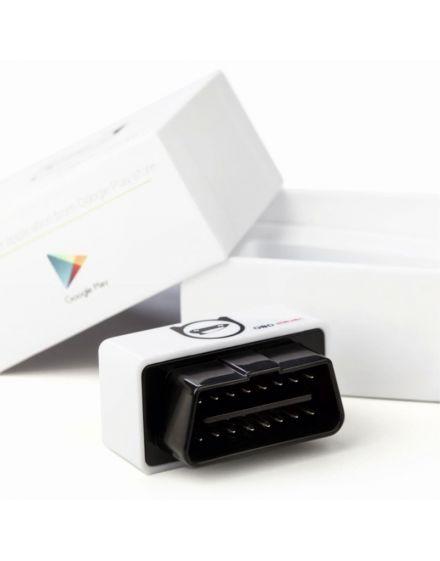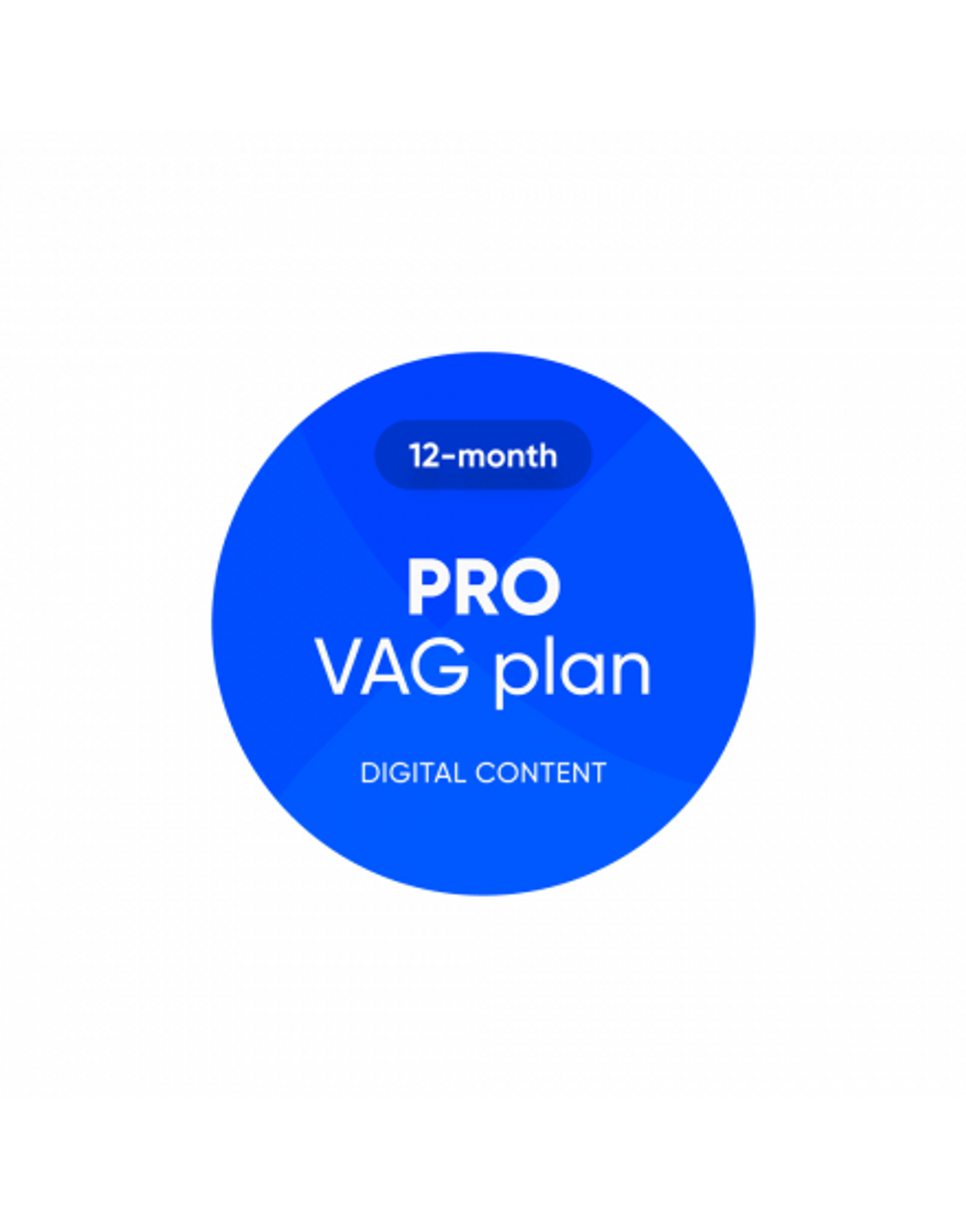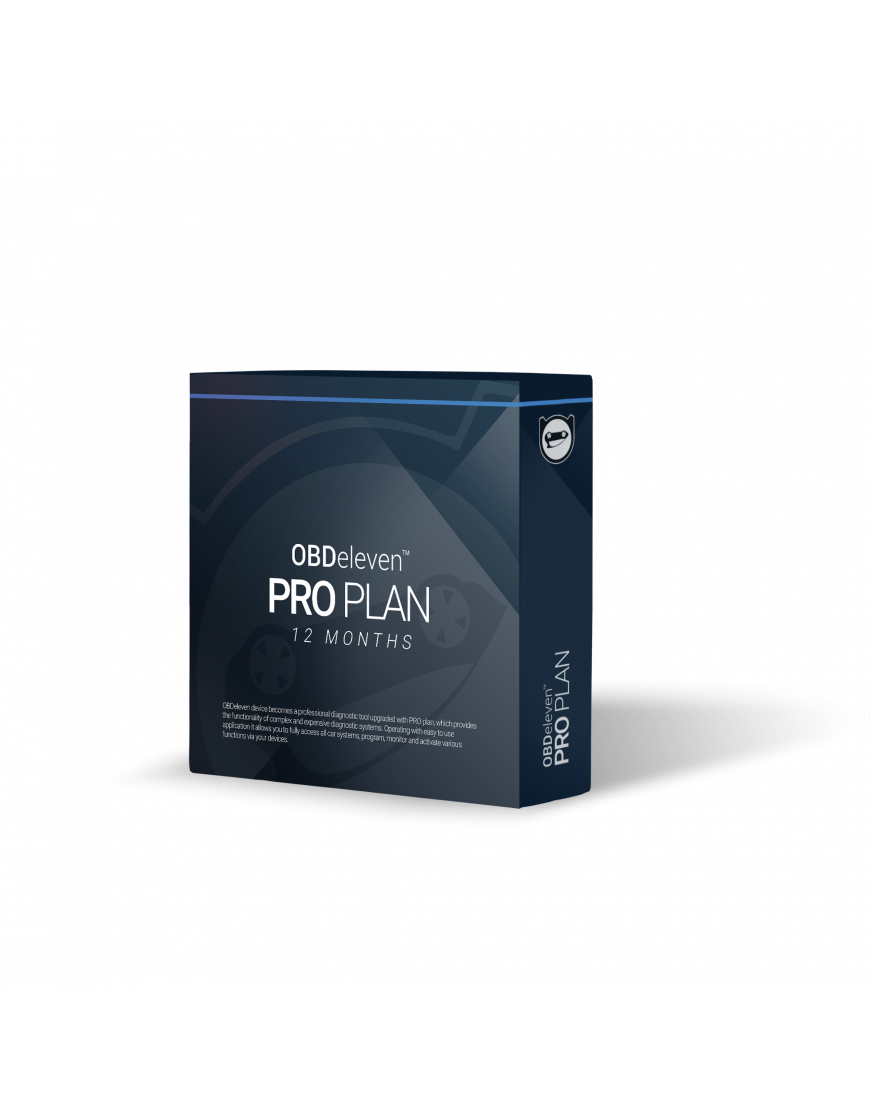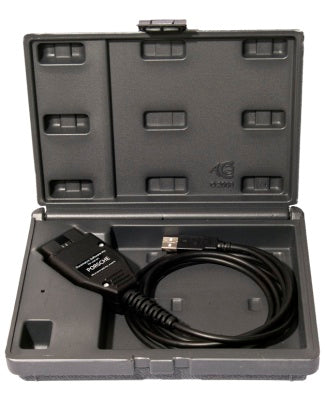The APR High Pressure Fuel Pump (HPFP) increases maximum volume of fuel the HPFP can deliver by 37% over stock! In doing so, the direct injection fueling system is capable of satisfying fueling requirements set forth by high horsepower setups. This is accomplished by increasing the displacement of the pump using high quality components to exacting tolerances. On the B9 2.9T we achieved an additional 37 AWHP and 50 AWFTLBS over our Stage 1 (E85) ECU Upgrade by adding the pump and running our Stage 1+ (E85) ECU Upgrade! How the direct injection system works: A low pressure fuel pump (LPFP) in the fuel tank delivers fuel to the high pressure fuel pump (HPFP) at roughly 4 to 6 bar. Fuel pressure is then bumped up to a maximum of 200 bar, depending on factory parts, with the HPFP. Finally, high pressure fuel is delivered to the injectors, which spray directly into the cylinders. The problem: The volume of fuel the HPFP pump can displace is directly tied to the displacement of the pump (Internal bore size, and camshaft dictated stroke), and engine speed. The pump is driven off of a lobe on the camshaft. Larger turbocharger systems, and ethanol usage are capable of taxing this system, especially in the mid to lower RPM range where fuel volume is lower. The APR solution: We dramatically increase the volume of fuel the HPFP can displace at every RPM by increasing the displacement of the HPFP. This is accomplished by increasing the bore diameter of the pumps internal pressurizing cylinder. Its important to understand, despite the name, a HPFP upgrade is not necessary designed to increase the engines fuel rail pressure. The primary goal is to increase the volume of fuel available, which will keep fuel pressure steady even in the most demanding of situations! High quality components and extreme tolerances: The HPFP internals must be machined to extreme tolerances and installed in a clean environment or the pump can easily fail.














































